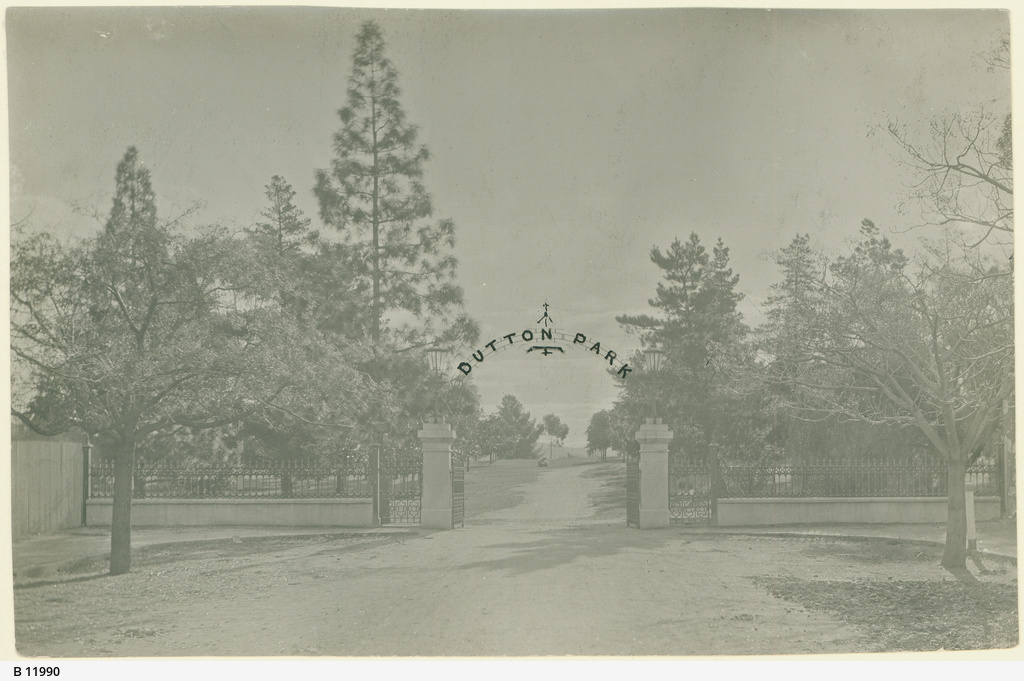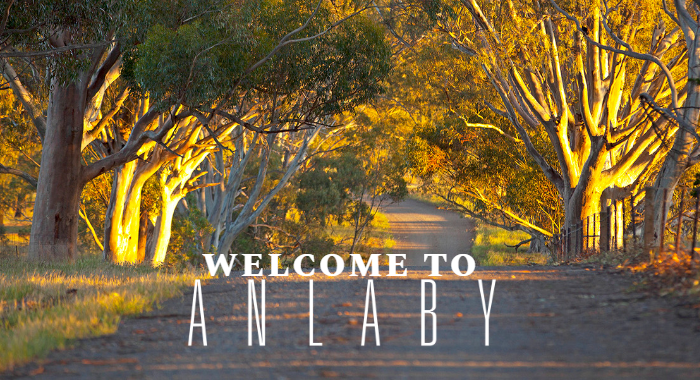
FREDERICK DUTTON: FOUNDER OF ANLABY
Frederick Dutton was the founder of Anlaby Station, though his path towards establishing a pastoral empire is less well-known.
Who exactly was Frederick Dutton the man?
In April 1812, in the Lancashire village of Colne, Frederick Hansborough Dutton was born. His parents, Frederick Hugh Hampden Dutton and Mary Anne Pollock-Norris, lived comfortably from Frederick Snr.’s work as a shopkeeper.
Colne was a bustling market town nestled in the southern Pennines. The constant clatter and rattle of looms busily weaving kersey, a lightweight woollen cloth made in Colne for centuries, would have filled the air. The Leeds to Liverpool Canal connected the town, and nearby Fox Clough colliery, too, with direct access to wider markets.
Into this busy world of shopkeeping, weaving and mining, Frederick was born. At the age of three, his family left it.
In August 1816, his father was appointed a British Vice-Consul, and Agent for Lloyd’s Register, at Ritzebüttel, near Cuxhaven, northern Germany. Located on the banks of the mighty River Elbe, nearly 100km downriver from Hamburg, Frederick’s father was responsible for the efficient passage of cargo, overseeing the physical condition of ships – including repairs – and conveying intelligence of arrivals and departures to London.
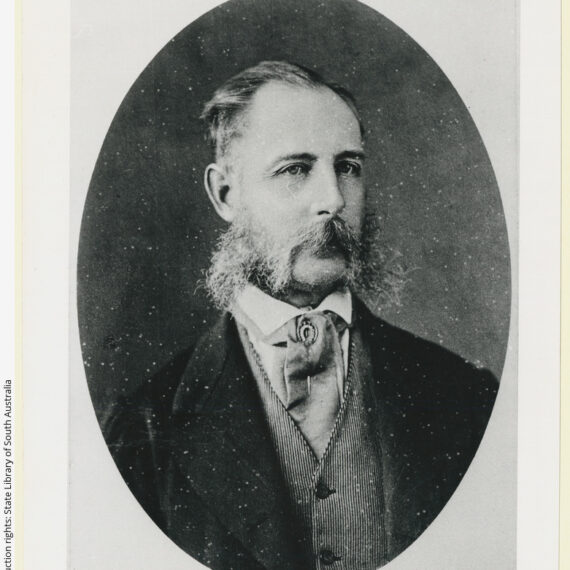
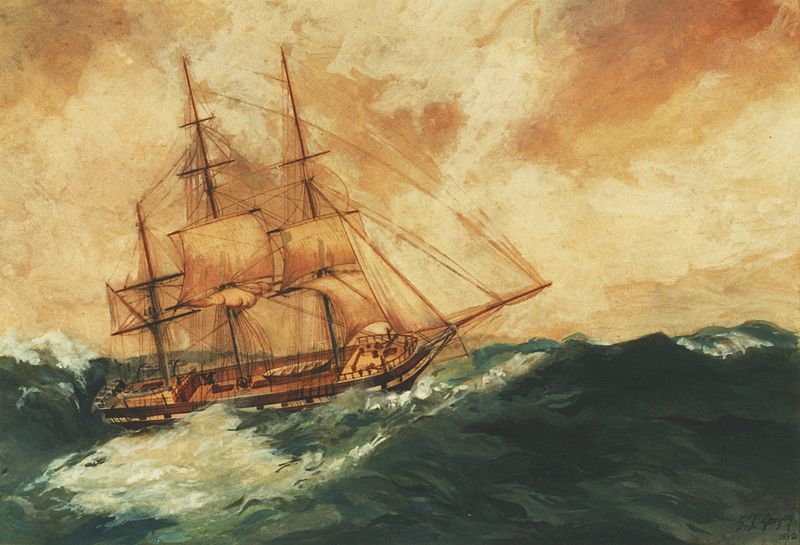
Frederick Snr. remained in Ritzebüttel until 1832, so Frederick Jnr. very likely picked up the German language while there. His younger brother Francis was certainly proficient in the language. Where exactly Frederick was educated is unknown, though it was likely in Switzerland and Germany.
Though little is known of Frederick’s early life, as a 17-year-old he departed for Australia with his older brother, William, arriving in Sydney per the Lady Blackwood in March 1830. William first landed in Australia in the mid-1820s, spending time managing sheep runs on behalf of the Australian Agricultural Company, though he returned to Europe to study further. Frederick accompanied him on the return trip.
Over the next nine years, the two brothers worked side-by-side in various pastoral endeavours: they established livestock runs on the Yass Plains, at Mullengendra near Albury, and in the Monaro district. 560 of their cattle were overlanded from Mullengendra to Portland Bay in 1837 to cater to a burgeoning livestock market.
In 1839, Frederick determined to venture out on his own. Searching for new ground and buoyant markets, Frederick looked westward to the newly-founded colony of South Australia.
He travelled to Adelaide to observe the conditions for himself and while there, befriended Alexander Buchanan sometime in April or May 1839, quickly hiring him to undertake a special overland expedition. Buchanan had only recently arrived in the South Australian capital from the port of Greenock, Scotland, arriving via the ship Welcome.
Frederick entrusted Alexander with the task of overlanding 5,000 sheep from near Yass to Adelaide, the intent being to capitalise on the good prices there. Alexander’s remit though, was much larger: another 13,000 sheep were to be overlanded, taking the total flock to 18,000. Alexander’s overland journey, following the Murrumbidgee and Murray rivers, took six months.
Despite the tremendous six-month journey, sheep prices had declined by the time of Buchanan’s arrival as Adelaide’s markets depressed. Murphey’s Law prevailed. Frederick though, was undeterred. He made ambitious plans to establish a co-operative sheep company at Mount Dispersion (later renamed Mount Waterloo) to be financed by astute investors. Despite detailed expense and revenue projections, this plan, too, fell through. The only option was to go out alone.
Frederick established a sheep run on the River Light, managed by his brother, Francis. This was the beginning of Anlaby. During his tenure as the first manager at Anlaby, Francis, and his neighbour Captain Bagot, discovered copper in the area, laying the foundation for the Kapunda copper mine which was the first commercially successful mine in Australia. Frederick invested in the mine, creating considerable wealth to expand Anlaby.
In 1842, Alexander Buchanan was installed as manager of Anlaby Station. Over the next 23 years, he oversaw extraordinary growth: Anlaby ballooned to over 100,000 acres, with a flock numbering greater than 50,000.
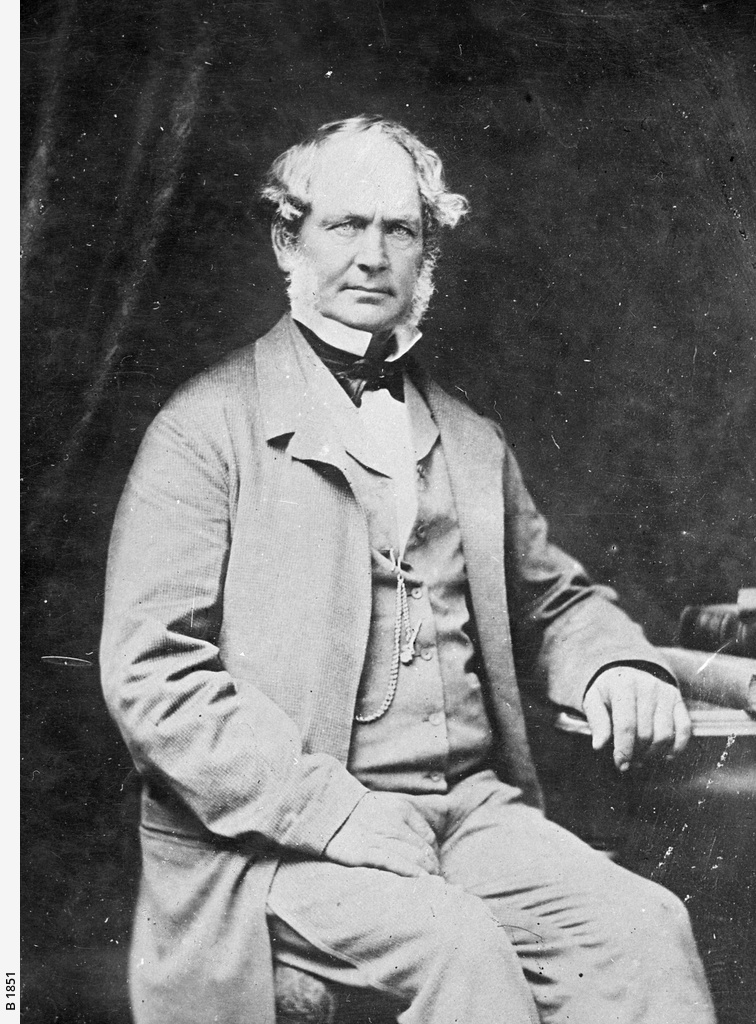

Frederick never lived permanently at Anlaby, preferring to live in Adelaide or travel further afield. He was, though, devoted to the improvement of the colony of South Australia, at one point serving as Director of the Bank of Australasia. In 1852, he served the Agricultural and Horticultural Society of South Australia and convened the horticultural classes for that year.
On 25 August 1852, Frederick was nominated to stand as a Non-Elective Member in the South Australian Legislative Council by the Governor of the day, Sir Henry Young. During his time in office, Frederick took a vested interest in the progress of the young colony. In March 1853, he inspected the Mary Ann, the first paddle steamer on the River Murray. His time in office, however, was short-lived: on 14 July 1853, Frederick resigned.
He quickly left for England. Despite his absence from South Australia, he continually sought to improve the colony’s efficiency. He reformed the reliability of the postal system and resolved abuses in the immigration system. He returned to South Australia intermittently for the next twelve years – including overseeing the construction of a grand residence for Alexander Buchanan at Anlaby – before departing for England in 1868, never to return.
Even though he was far from his beloved Anlaby, Frederick continued to support the communities at Anlaby at Kapunda. He contributed funds for the construction of the Kapunda Institute, completed in 1871, allowing a valuable learning institution to flourish and educate generations of Kapundians.
In 1875, Kapunda resident and editor of the local paper, James Elliott, wrote to Frederick seeking funds for the construction of a hospital at Kapunda, as well as a recreation park. Writing in reply from Florence, Italy, Frederick graciously offered £2,000 for the establishment of a hospital, and £500 for a recreation park. His exceptional donation was praised throughout the colony, and most especially in Kapunda.
His generosity, however, did not stop there. Frederick contributed funds to the construction of St. Peter’s Cathedral, Adelaide. He also supported a relief fund set up after the sinking of the SS Gothenburg off the north coast of Queensland in 1875. The Kapunda Horticultural Society and St Peter’s College, Adelaide, also benefitted from his beneficence.
By the 1880s, Frederick was living in London. His correspondence indicates he was keenly interested in his family history, even going so far as to hire a researcher to ascertain his lineage. The aim was to discover more about his Spanish-Jewish heritage.
As Frederick reached his late seventies, his health declined. Various accounts mention he was blind and deaf in his last days, though his fortune allowed him to live in comfort.
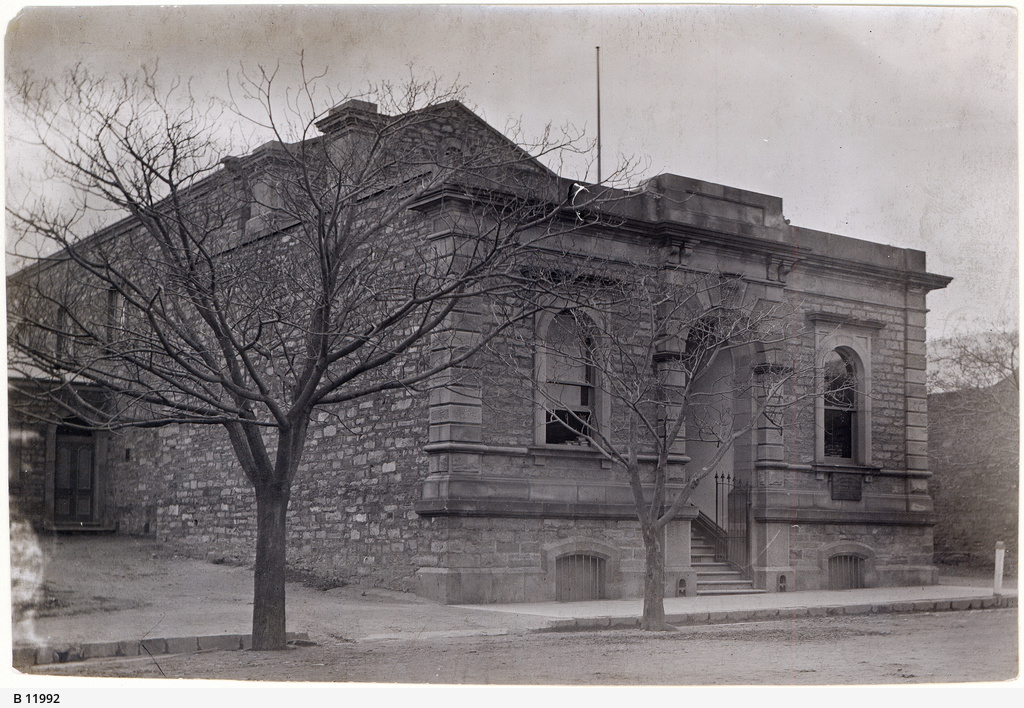
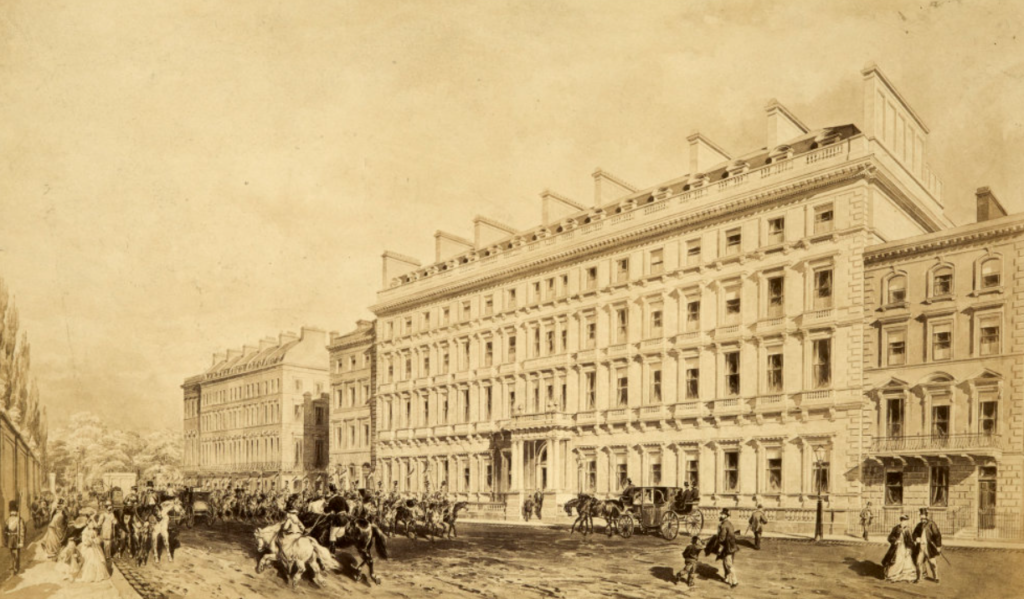
Frederick died on 22 April 1890 in a suite of rooms at The Palace Hotel, opposite Buckingham Palace. He was described by Adelaide’s Evening Journal as a man of ‘energy and determination … always ready to assist in any charitable movement in his neighbourhood, and the people have a kindly recollection of the fine-looking, gentlemanly owner of Anlaby Station. Mr. Dutton was a man of exceptionally fine physique, [and] although so much of his time was spent in the old country his interest in South Australia never seems to have abated.’
He was buried at Paddington Cemetery on 25 April.
Frederick neither married nor fathered children, so Anlaby Station was inherited by his nephew, Henry.
